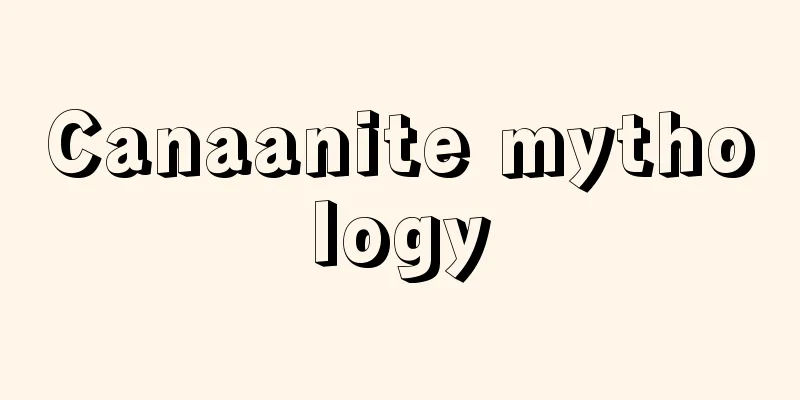Priest - Soukan

|
The role of supervising monks and nuns and cracking down on misconduct. In order to control Buddhist sects by incorporating them into the administrative organization, the state established various systems and appointed priests. In Japan, the Yoro Code (718) already had 27 articles on the Monk and Nuns Act, which controlled monks and nuns, and even before that, in 624 (the 32nd year of the reign of Empress Suiko), the Baekje monk Kanroku was appointed as Sojo, and in 683 (the 12th year of the reign of Emperor Tenmu), the Sogo (council of priests) consisting of Sojo, Sozu, and Risshi were placed in the center, and the three Go (Joza, Jishu, and Tsuina) were placed in each local temple to control monks and nuns. The practice of appointing capable monks as priests to control monks and nuns was already in China. During the Northern Wei period (397), Hokka was appointed as the head of the monks' order. During the Later Qin period (405), Soryaku was appointed as the head of the monks' order, Soken was appointed as the head of the monks' order, and Hokin and others were appointed as the head of the monks' order. They were subsidized by the state, and this system was introduced to Japan and became the system of Soko. In the Nara and Heian periods, the Sogo had great authority, cracking down on misconduct among monks and nuns, handling affairs regarding monasticism and secularism, and dominating the administration of the religious organization. When a person became a monk, the Sogo gave them a docho (a document officially recognizing their ordination), removed them from the lay register, and exempted them from paying poll tax. One of the reasons why Saicho built a Mahayana ordination platform on Mount Hiei was to escape the control of the Sogo. However, later, the position of sokan became honorary, and monks from the imperial family or aristocracy were appointed to high-ranking positions. The Sojo was the highest rank of monk, and below him was the Sozu, who oversaw the monks and nuns. It is said that Eko was the first Chinese person to be appointed as a sozu in the 6th century, and that in Japan, Kurabe Tokushaku was the first to be appointed in 624. The Soroku was also a type of monk, and was first established in the Later Qin Dynasty. It recorded the names of monks and nuns, and was in charge of the personnel affairs of monks. In Japan, this monk was established during the Muromachi period, and Shun'oku Myoha of Shokoku-ji Temple was appointed as the Soroku, who was in charge of the personnel affairs of the Five Mountains and Ten Temples of Zen Buddhism in Kyoto, and also prepared documents for the Shogunate's politics, diplomacy, etc. This office was called Soroku-shi. [Akira Hirakawa] [Reference] | |Source: Shogakukan Encyclopedia Nipponica About Encyclopedia Nipponica Information | Legend |
|
僧尼を統括し、その非行を取り締まる役。国家は仏教教団を行政組織に組み入れて支配するために、種々の制度を設け、さらに僧官を任命した。日本では、すでに養老令(ようろうりょう)(718)に僧尼令27条があって僧尼を取り締まり、それより先、624年(推古天皇32)に百済(くだら)の僧観勒(かんろく)が僧正(そうじょう)に任ぜられ、683年(天武天皇12)には、中央に僧正、僧都(そうず)、律師(りっし)の僧綱(そうごう)を置き、地方の寺にはそれぞれ三綱(ごう)(上座(じょうざ)、寺主(じしゅ)、都維那(ついな))を置いて僧尼を取り締まった。有能な僧を僧官に任命して僧尼を統括させることは、すでに中国にある。北魏(ほくぎ)の時代(397)に法果を沙門統(しゃもんとう)に任じた。後秦(こうしん)の時代(405)には僧(そうりゃく)が僧正に任ぜられ、僧遷が悦衆(えつしゅ)、法欽らが僧録(そうろく)に任ぜられたという。彼らは国家から費用が給せられ、この制度が日本に移入せられて僧綱の制度となった。 奈良・平安時代には僧綱の権威は強大で、僧尼の非行を取り締まり、出家と還俗(げんぞく)の事務を行い、教団行政に君臨した。出家のとき僧綱より度牒(どちょう)(得度を公認する文書)が与えられ、在家の籍を抜き、人頭税が免ぜられた。最澄(さいちょう)が比叡山(ひえいざん)に大乗戒壇をつくらんとした目的の一つは、僧綱の支配を脱せんためであった。しかしのちには、僧官は名誉職となり、皇室や貴族出身の僧が高位の僧官に任ぜられるようになった。僧正は僧官の最高位であり、その下に僧都があり、僧尼を統括した。中国では6世紀に慧光(えこう)が僧都に任ぜられたのが初めで、日本では624年に鞍部徳積(くらつくりのとくしゃく)が任ぜられたのが最初であるという。僧録も僧官の1種であり、後秦代に初めて置かれたが、僧尼の名籍などを記録し、僧の人事をつかさどった。わが国では室町時代にこの僧官が置かれ、相国(しょうこく)寺の春屋妙葩(しゅんおくみょうは)が僧録に任ぜられ、京都禅宗寺院の五山十刹(じっせつ)の人事をつかさどり、あわせて幕府の政治外交等の文書をも作成した。この事務所を僧録司という。 [平川 彰] [参照項目] | |出典 小学館 日本大百科全書(ニッポニカ)日本大百科全書(ニッポニカ)について 情報 | 凡例 |
Recommend
Tropical Night - Nettaiya
It refers to a day when the nighttime minimum tem...
Kiyomihara Rei
" Asuka Kiyomihara Code Tomorrow's readin...
Inei - Inei
The capital of the Ili Kazakh Autonomous Prefectur...
Naruko [town] - Naruko
An old town in Tamazukuri County, northwest Miyagi...
Radio-robot telemeteorograph
An automatic weather observation device that autom...
Entry into Jerusalem
…It is also called Palm Sunday, Palm Sunday, or P...
EC-type value-added tax - EC-type value-added tax
… [Masatoshi Hayashi]. … *Some of the terminology...
Itneg
The name Tinguian comes from the Malay word tingg...
Emperor Gao (English spelling)
427‐482 Founder of the Southern Qi dynasty in Chin...
Omagoshi - Oomagoshi
…Before it became part of the Tsugaru domain in 1...
Sacco, N. (English spelling)
...A famous case in the history of American trial...
Ako
[Synonym] Aqua Source: Morikita Publishing "...
Achromatium
…It is relatively large for a bacterium, and beca...
samsinhalmŏni (English spelling) samsinhalmoni
…In addition to the Uchigami, who are worshipped ...
Aeronautical radio‐navigation aid
A facility installed on the ground that uses radio...









